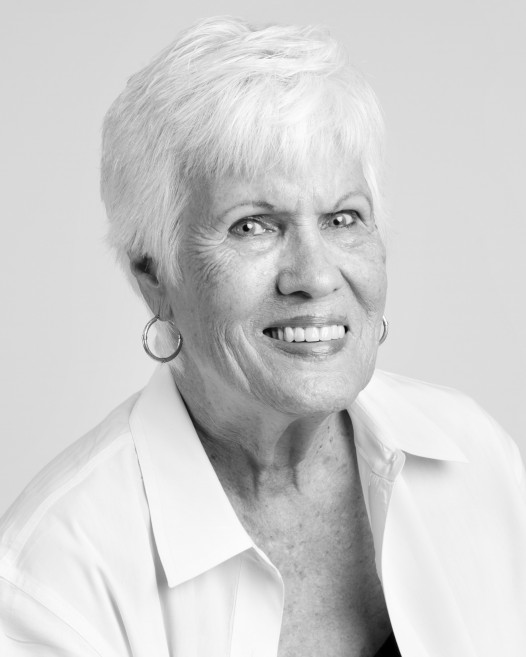
Bettye Anding
When my husband and I moved from our home of 20-some-odd years to another in the same neighborhood, I spent a week transferring small items to the new one. Most of them were books.
We had floor to ceiling, wall to wall bookcases, so some of the volumes went to the Symphony Book Fair, a small number of others to a used book seller. Some we held onto and stacked on shelves that weren’t quite as roomy. That forced me to hold my own book fairs during our 20 years here, lining the giveaways up on a table in the hall, and inviting friends to take their pick when they came for dinner.
My 85-year-old husband of 56 years died the week before Christmas, so now I’m moving again, this time to a big house to be shared with our daughter, son-in-law, and younger grandson until he leaves for college in the fall. And most of the contents of my bookshelves will not make this move because I’ve been reading on an e-reader for five years. There are a little more than 500 books in my “cloud” library, which includes those ordered by my husband, who had his own device on the same account.
Thank goodness I can easily transport these “books” to the new house!
And thank goodness for the e-reader, a solution to the eyesight problems that have plagued me for 30 years, ever since I had cataract surgery and then a retinal detachment. I read both of our local newspapers with a magnifying glass, but enjoy The Washington Post more because it’s an app on my e-reader.
I’m friends with many seniors who don’t approve of this, telling me they prefer “real” books: the kind you can hold in your hands, feel their weight, smell the ink, browse in bookstores or public libraries and, ultimately, consign to your bookshelves where you can admire and occasionally consult them for information or pleasure.
Of course, poor eyesight was the motivating factor in my purchase of an e-reader, but I’m also sold on some of their other advantages. You may, of course, revisit your books on your device whenever you like and they are more easily found than on your shelves unless you’ve arranged them as though they’re in a public library. I never did, not being the tidy type.
You can browse for books on the website of the supplier, and read a synopsis and review. More books by the same authors are included in the postings, as well as content-related works by others.
Then there’s the question of cost, which is important to many book-loving seniors. “The Rainbow Comes and Goes: A Mother and Son On Life, Love, and Loss,” by Anderson Cooper and Gloria Vanderbilt, was priced at $17.49 at one of the biggest bookstores, and at $14.79 for my e-reader, a saving of $2.70. Works by the likes Austen, Dickens and other wonderful writers of the past are usually free.
And by the way, the Latin term “ex libris” (above) translates as “from the library of” (a phrase inscribed in or on a book before the name of the owner). Actually, I don’t think you can do that on an e-reader.
 NOLAbeings Multimedia artist Claire Bangser created NOLAbeings as a portrait-based story project that marries...
NOLAbeings Multimedia artist Claire Bangser created NOLAbeings as a portrait-based story project that marries...  Voodoo in New Orleans: Reviving history: New Orleans fortune telling This article takes a deep dive into the history of Voodoo in New Orleans, its hybridization with Catholicism, and its present-day place in the city's culture. The author visits fortune-tellers in the French Quarter, using their guidance as a tool for introspection rather than a deterministic predictor of the future. Through her experiences in New Orleans, the author feels a mystical connection to both the past and the future.
Voodoo in New Orleans: Reviving history: New Orleans fortune telling This article takes a deep dive into the history of Voodoo in New Orleans, its hybridization with Catholicism, and its present-day place in the city's culture. The author visits fortune-tellers in the French Quarter, using their guidance as a tool for introspection rather than a deterministic predictor of the future. Through her experiences in New Orleans, the author feels a mystical connection to both the past and the future. 